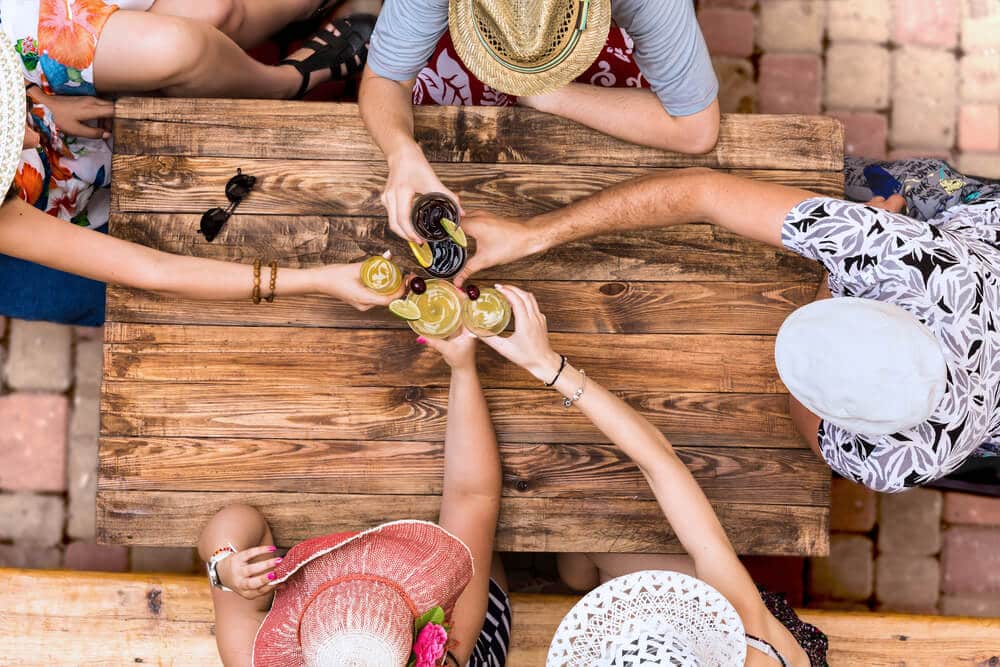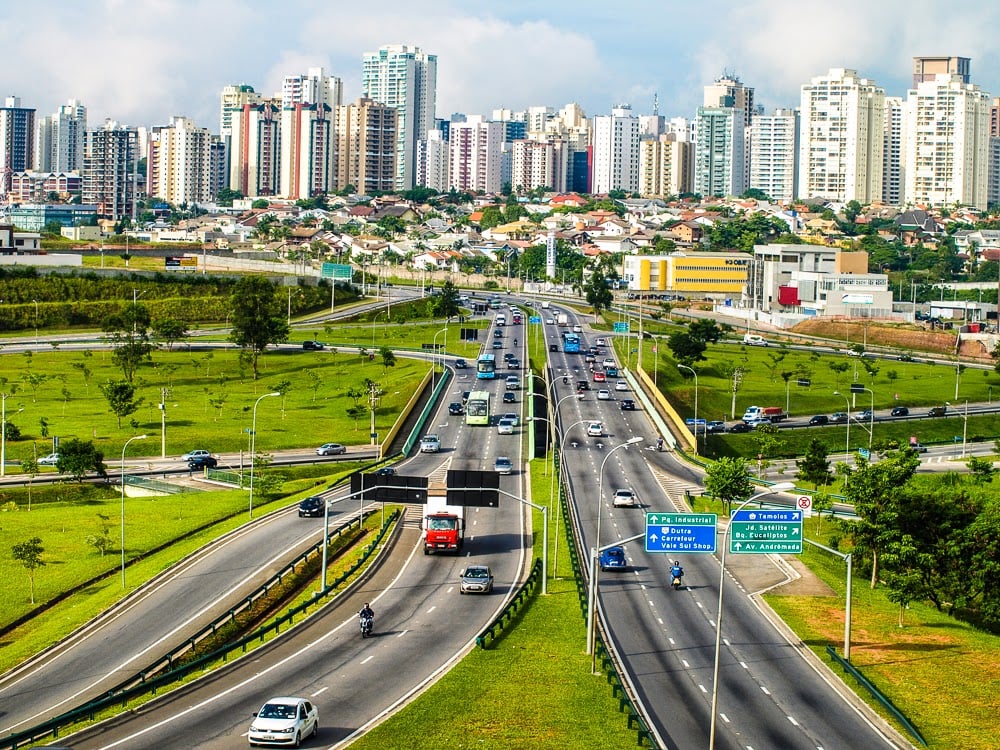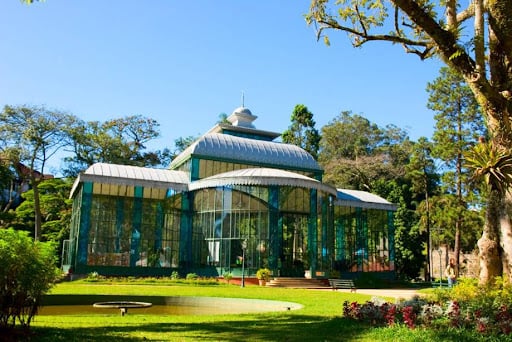Tips
Tourism in Salvador
Advertisement
of Brazil, so visiting the city is a must to get to know a
cultural diversity expressed in the mixture of Amerindian, European and
Africans.
What to see and do in Salvador?
The diversity is reflected in the gastronomy, folklore and artisanal production of the
city, but there are many more attractions in Salvador.
Pillory
Pelourinho is much more than a neighborhood in Salvador, it is the historic center and
cultural city. Although it is considered the city center, it appears to be
separated from reality. The predominant architecture is baroque and contrasts with
the colors of the statues and the fabrics of the souvenir shops around.
Recognized as a UNESCO World Heritage Site for its colorful and
lively cultural center of Salvador. Pelourinho has color, music, art, in short,
life.
Circuit of churches
Another attraction that Salvador offers is its circuit of churches, with more than
350 buildings, built in different styles. Salvador is a city of
great religious roots, evidenced by the large number of churches and ancient
chapels, where Bahians attended mass every day and did it in
a different church every day. The inescapable temples are the Cathedral of
Salvador, a majestic example of Mannerist architecture; the Church of Our
Senhor do Bonfim, on the Itapagipe peninsula, richly decorated in neoclassical style;
and the Convent of São Francisco, one of the most magnificent churches in the country,
luxurious baroque style.
Bahian beaches
Salvador's beaches are made up of 50 kilometers of crystal-clear coastlines.
The beaches of Cidade Baixa are bathed by the extensive Baía de Todos os
Santos, while the beaches of Cidade Alta receive the waters of the Ocean
Atlantic. The most famous are:
Porto da Barra: The only beach in Cidade Alta located in Baía de Todos os
Santos, Porto da Barra is famous for its incredible sunsets. The sunset is
a rare sight on the Brazilian coast, given its east orientation.
Barra Lighthouse: Crowned by the emblematic lantern that gives this beach its name
which is also rich in history and is next to Porto da Barra. The famous lighthouse
It is installed in the Santo Antônio Fortress, built in the 17th century.
Amaralina: In the neighborhood of the same name is this traditional beach, characterized
by algae that coat the waters with their particular colors in some
times of the year.
Ondina Beach: Located in the neighborhood of the same name, this beach stands out
by the change of the sea, which is serene or challenging depending on the tide.
Pituba: One of the largest beaches on the north coast of Salvador, with good waves
of the Atlantic for surfing and located 10 kilometers from the center.
Valentine's Garden Beach: Surrounded by parks and has a trade fair
interesting crafts on weekends. Although not suitable for
the bath.
Itapuã Beach: She has been the muse of Vinicius de Moraes' songs,
Dorival Caymmi and Caetano Veloso. Cheerful bars near the Itapuã lighthouse
They offer cold beers. Cira's sandwiches, the famous acarajé, are also
Are mandatory. Although during the day the beach is a complete stage,
unfortunately after sunset it is not the safest place for tourists.
Stella Maris: It is located next to Itapuã and stands out for its fresh landscape
of corals and palm trees.
Flamengo: Last beach north of Salvador, before reaching Lauro de
Freitas. Far from the center, it has a less urban character than the others
beaches of Salvador.
Praia do Forte: Called by the residents of “Brazilian Polynesia”, this beach
paradise combines incredible ecological beauty (a sample of the abundant
Atlantic forest) with the charm of a small fishing village, located
70 km from Salvador and one of the most beautiful walks that can be done from
of the city.
Lacerda's elevator
The city's postcard, this public elevator was created in the 19th century by
engineer Augusto Frederico de Lacerda. With its 72 meters high, the
elevator connects Cidade Alta with Cidade Baixa, being located in
strategic Cairu Square in the Commerce district. From above him, you have a
fabulous view of the bay and the model market.
Gastronomy
Whichever place you choose to eat in Bahia, you will have access to
more than a gastronomic experience, a true experience
multicultural. You can't help but taste some of its three foods
typical.
Moqueca is an exotic preparation of seafood and fish with coconut milk.
coconut, multiple spices and palm oil. Crab cone is the meat of
crab served in a crab shell and is another authentic culinary delicacy
Bahian.
Also popular is the acarajé, a sandwich traditionally sold by
baianas on the streets and beaches of the city, a type of bread with bean puree,
stuffed with shrimp and fried in palm oil. The Portuguese legacy can be
enjoyed in delicious meat with rice and beans, as well as tasty sardines and
cod.
Trending Topics
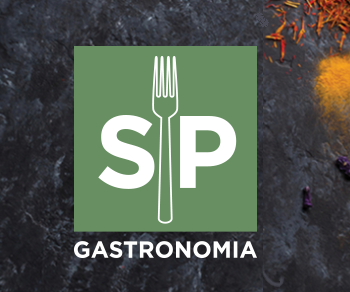
São Paulo: A Journey of Flavors and Unmissable Tourist Attractions
São Paulo is a city known for its cultural diversity and, not surprisingly, the gastronomy is a reflection of this variety. With influences from different parts of the world, the capital of São Paulo is a true mosaic of flavors.
Continue lendoYou may also like
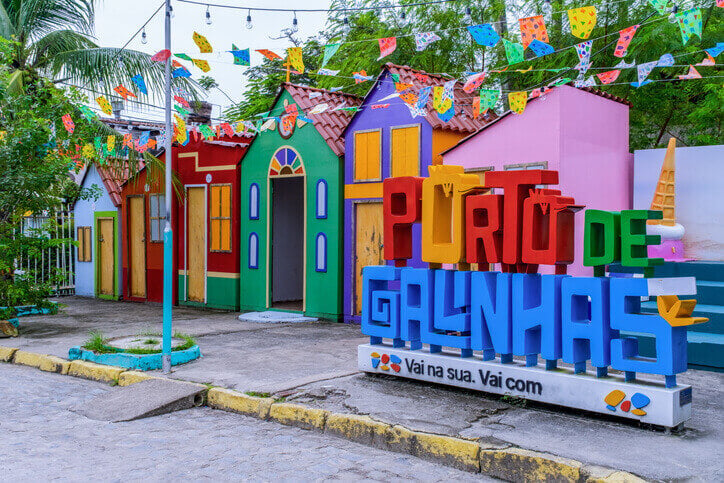
Discover Porto de Galinhas: Complete Guide to Enjoy Pernambuco Paradise
Porto de Galinhas is one of the most charming destinations in Brazil, located on the south coast of Pernambuco. With paradisiacal beaches, natural pools and a rich culture, the region has a lot to offer visitors.
Continue lendo
Copa Airlines: one of the largest companies in Latin America!
With the Copa Airlines app or even the website, you have several different ways to save on your airfare! Understand!
Continue lendo
